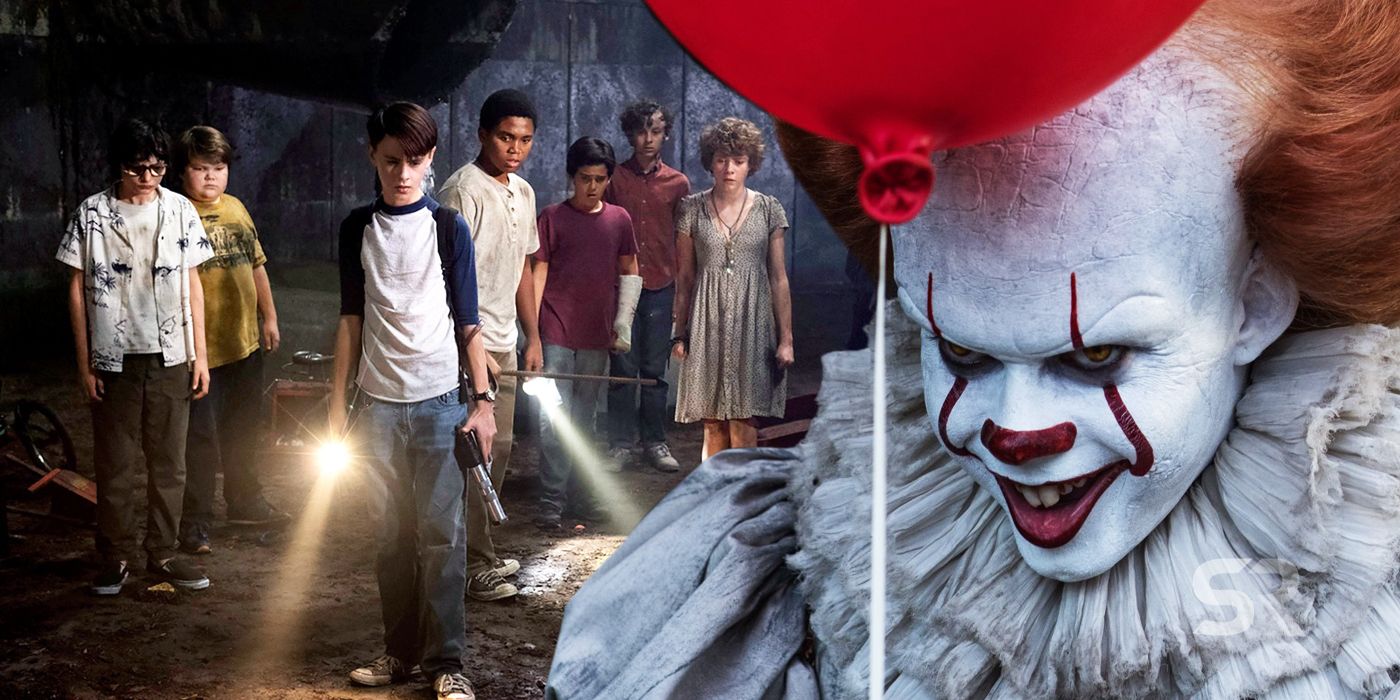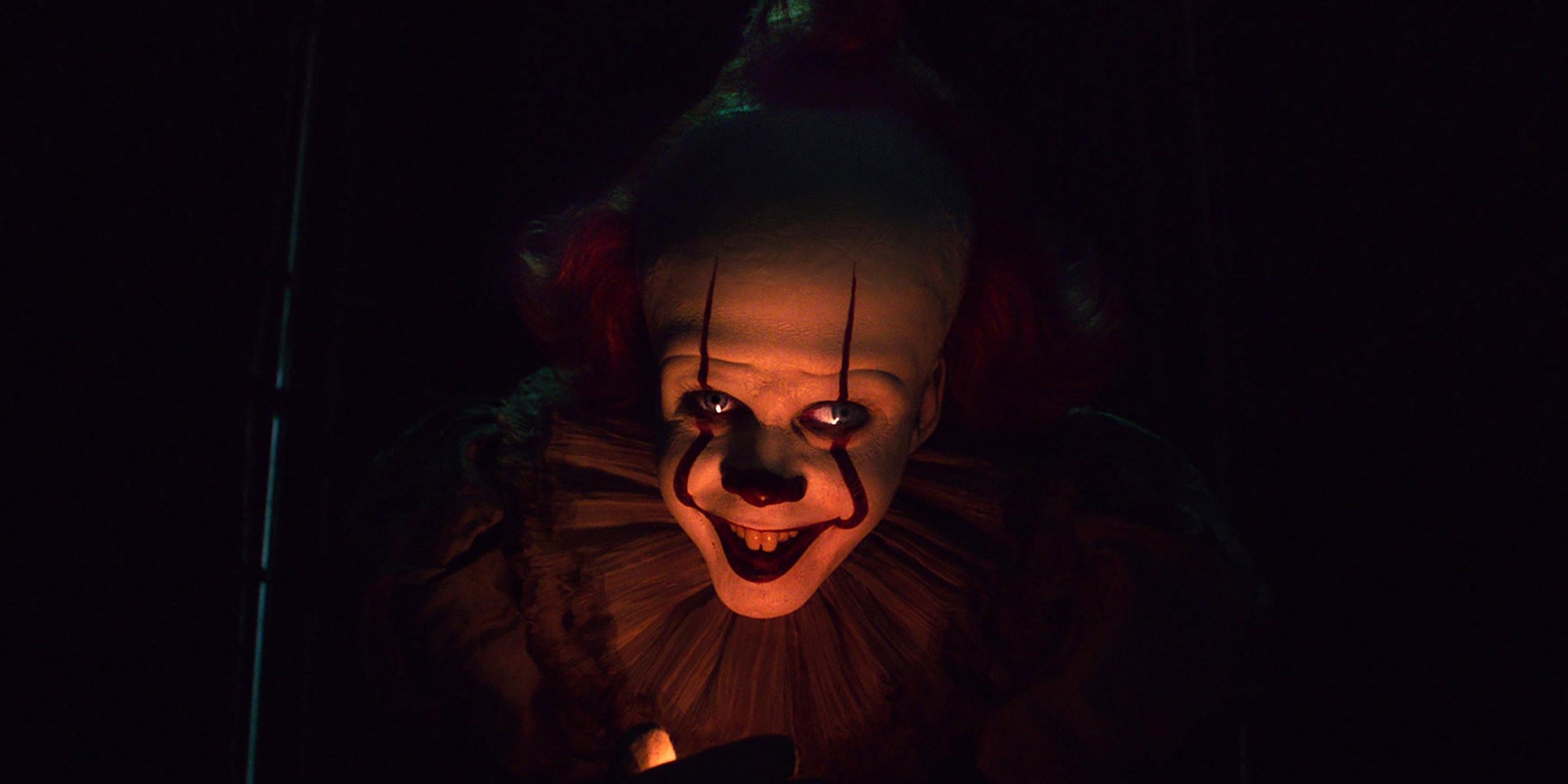Stephen King’s IT introduced readers to an evil shape shifting entity living underneath the fictional town of Derry, Maine. This creature feeds off fear and its preferred victims are children as their fears are simpler, but there might be another very different reason for that, and it’s rooted on the real meaning of IT. For years, Stephen King has terrorized readers around the world with different types of monsters, which can either be supernatural creatures or humans, and one of his most acclaimed works is the 1986 novel IT.
The story follows a group of friends self-named “the Losers Club” who come across with a mysterious entity that takes the shape of their deepest fears. This creature, which they refer to as “IT”, lives in the sewers of Derry and wakes up every 27 years to eat. Sadly for the Losers Club, their encounter with IT when they were kids wasn’t the only one, and they had to deal with it one last time two decades later.
IT touches on topics like fear, neglect, and loss of childhood innocence, among others. However, some readers have found that the story has at its core a very different theme, which gives the novel (and the films) a different meaning.
Stephen King’s IT is a Metaphor For Child Abuse
A Tumblr user offers an explanation on why Pennywise’s preferred target are children, and it’s not so much because their fears are less complex than those of adults, but because IT is all about child abuse. The author of the post explains that abusers go after children because they are vulnerable and thus easy targets, which is IT’s mindset. Very much like child abuse, IT works in cycles, as it disappears for some time; child abuse victims go through periods of terror followed by times where their abusers are kind and sympathetic to them.
One of the most talked about points from IT is how adults don’t care about what their kids are going through and are completely blind to the terrors that IT puts them through. The author explains this is a reflection of how some adults turn a blind eye to child abuse and choose to not get involved, even if they witness it. The post uses the bathroom scene as an example, as Beverly’s father can’t see the blood covering the room, very much like how many adults don’t believe children when they say they’ve been abused – and Bev being able to see all the blood is a reminder of how the victims “can see the gory reality”.
By taking the shape of the children’s deepest fears and thus scaring them, IT has a great amount of power over them, and fear makes it difficult for a child to fight back. In order to get to them, IT pits the Losers against each other, resulting in them parting ways for a while; abusers do this with the purpose of leaving the children alone, as that makes them a much easier target. IT using the image of Georgie to get into Bill’s head represents how abusers appear to their victims as innocent and harmless, manipulating them so – once more – they won’t be able to fight back or assert themselves. Last but not least, when the Losers grow up and leave Derry, their childhood memories and thus those about IT began to fade, as happens to victims of child abuse with time as they repress those experiences, only for them to come back if they don’t get help.
IT has many layers and touches on some truly deep and complex themes, and the child abuse explanation makes a lot of sense. Whether that was Stephen King’s intention or not is unknown, but it certainly gives the story of the Losers Club a whole new perspective.


